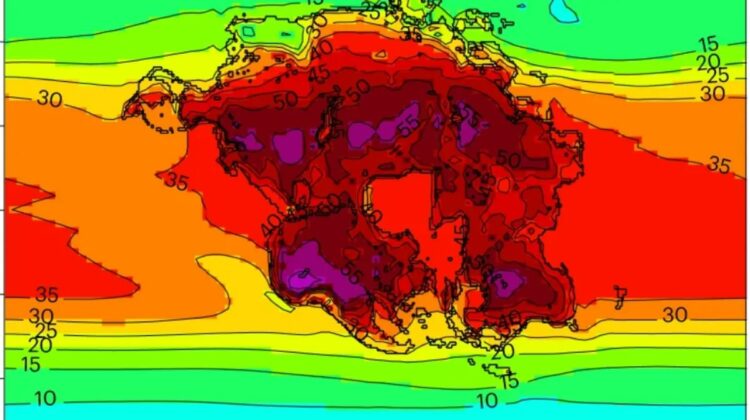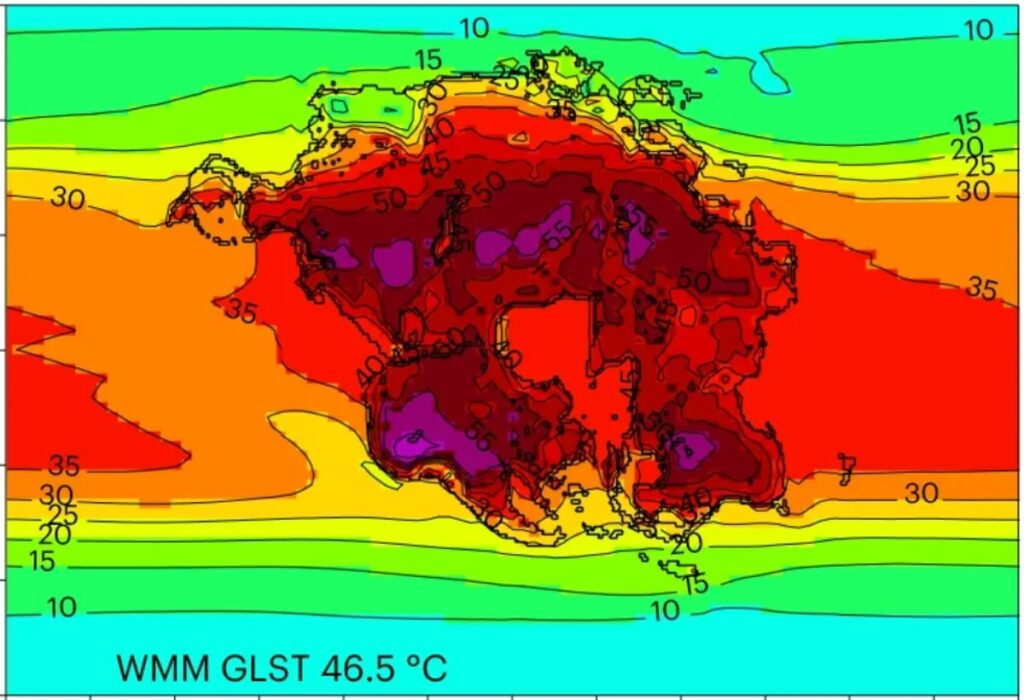
The good news? We’ll probably succumb to human-made climate change well before the planet reaches that stage.
Earth, a planet with a history spanning 4.5 billion years, has undergone significant transformations. From its fiery beginnings as a ball of molten magma, it cooled and developed tectonic plates, eventually forming supercontinents and becoming a cradle for life.
Yet, in a cosmic context, Earth is still young, barely a third of the way through its projected lifespan. Unfortunately, the changes to come may be ones humanity cannot endure. A study published last year, leveraging supercomputers to simulate the climate 250 million years into the future, predicts a future Earth dominated by a single supercontinent, Pangea Ultima, which will be virtually uninhabitable for mammals.
“The outlook in the distant future appears very bleak,” said Alexander Farnsworth, Senior Research Associate with the Cabot Institute for the Environment at the University of Bristol and lead author of the study.

“Carbon dioxide levels could be double current levels,” he noted. “With the Sun anticipated to emit about 2.5 percent more radiation and the supercontinent primarily located in the hot, humid tropics, much of the planet could face temperatures between 40 to 70 °C [104 to 158 °F].”
Pangea Ultima will create a “triple whammy,” Farnsworth explained. Not only will the atmosphere contain around 50 percent more CO2 than current levels, and the Sun will be hotter due to stellar aging processes, but the sheer size of the supercontinent will exacerbate the continentality effect. This effect means inland areas will experience extreme temperatures compared to coastal regions, making the interior of Pangea Ultima almost entirely uninhabitable.
“The result is a mostly hostile environment devoid of food and water sources for mammals,” Farnsworth said. “Widespread temperatures of between 40 to 50 degrees Celsius, compounded by high humidity, would ultimately seal our fate. Humans and many other species would perish due to their inability to shed this heat through sweat, cooling their bodies.”

This grim scenario is actually on the optimistic side. “We think CO2 could rise from around 400 parts per million (ppm) today to more than 600 ppm many millions of years in the future,” explained Benjamin Mills, Professor of Earth System Evolution at the University of Leeds, who led the study’s calculations. “This assumes humans stop burning fossil fuels, or we will see those numbers much, much sooner.”
While the study depicts a dire future millions of years from now, the authors urge us to focus on the immediate crisis. “It is vitally important not to lose sight of our current Climate Crisis, which is a result of human emissions of greenhouse gases,” warned Eunice Lo, Research Fellow in Climate Change and Health at the University of Bristol and co-author of the study.
“We are already experiencing extreme heat detrimental to human health,” she emphasized. “This is why it is crucial to reach net-zero emissions as soon as possible.”

In essence, while Earth’s distant future may be an uninhabitable hell world, the pressing challenge lies in addressing the imminent threats posed by current climate change, necessitating immediate and substantial action to mitigate human impact on our planet.

Leave a Reply